The Way of the Sword

The martial arts of Kendo and Iaido are distinctly Japanese and a part of Japan’s rich culture. Kendo has worldwide recognition. Many high schools in Japan have Kendo clubs, as it is very popular. As of March 2021, there were 1,972,002 dan-grade Kendoka’s in Japan. Iaido on the other hand is much less popular and less well-known, even here.
I studied Kendo for a few years when I was younger in the UK and for a short time in Japan. I’ve also studied Iaido for around 10 years in the UK and Japan. Here’s a brief introduction to both, and some similarities/differences between them.
Kendo: History
Kendo originated from the experiences of the samurai who trained to use nihonto (Japanese swords) in combat. It is believed that through studying kendo, you are able to gain an understanding of the “principles of the sword”.
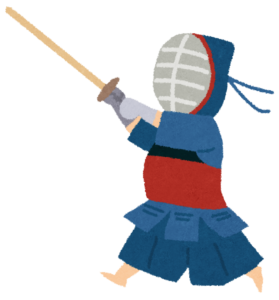 Before Kendo was developed, kenjutsu (swordsmanship) was studied. In the 18th century, protective training armor resembling that used in Kendo today was developed. Training using shinai (bamboo swords) also took root. Consequently, a competitive style of kenjutsu competition gained popularity and spread throughout the country around the end of the Edo period.
Before Kendo was developed, kenjutsu (swordsmanship) was studied. In the 18th century, protective training armor resembling that used in Kendo today was developed. Training using shinai (bamboo swords) also took root. Consequently, a competitive style of kenjutsu competition gained popularity and spread throughout the country around the end of the Edo period.
Early in the 20th century, this type of training- gekiken or kenjutsu- was renamed “kendo” which literally means the “Way of the sword”. Kendo became a representative discipline of modern Japanese budo (martial arts/ways). In these, the underpinning ideals of self-improvement are grounded in the spirit of the samurai.
Kendo: Training
The training is usually broken up in to 2 parts. The first part of the lesson focuses on waza (techniques) and kata (set forms), and they are studied and drilled. Then 2nd part of the lesson focuses on Ji-geiko (free sparring).
Kendo can be very physically demanding as the training is very intense. Kendo training is designed to push you to your physical limits so that you can overcome them. It’s common to get lots of minor injuries when training, mostly muscle sprains and blisters on your feet. But although the training looks very dangerous, the risk of major injury is very low as the armor is very strong.
What do you need to study Kendo?
All kendoka wear hakama (Japanese traditional trousers) and kendogi, a thick training top. The hakama can easily get creased if not folded and stored correctly. Maintaining your equipment is as much a part of Kendo as is the training. The cost for these go from reasonably cheap to very expensive depending on the material and brand.
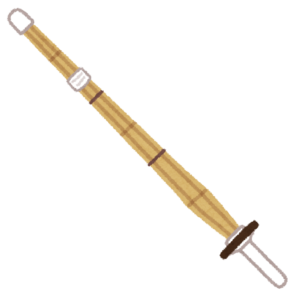 Also, you need a shinai (bamboo training sword) and sometimes a bokken (wooden sword). These aren’t too expensive and reasonably priced ones can be easily bought in Japan. Lastly, there’s the bogu (Kendo armor). This is the expensive part of studying Kendo, as even a cheap set costs around about ¥30,000.
Also, you need a shinai (bamboo training sword) and sometimes a bokken (wooden sword). These aren’t too expensive and reasonably priced ones can be easily bought in Japan. Lastly, there’s the bogu (Kendo armor). This is the expensive part of studying Kendo, as even a cheap set costs around about ¥30,000.
Machine-stitched bogu is the cheapest, and the price goes up the closer the stitches are together. This is measured in BU in Japan. Hand-stitched bogu with a 1.2 BU (very close) is extremely expensive. Bogu with close stitches means it will last the rigors of training longer.
A word of advice: you get very sweaty while training and after a while the armor can get very smelly if you don’t air it fully after use. When I first started Kendo I used the club armor and after I took it off I noticed the horrible smell it left. So the very next day I went and bought my own set of bogu. Using shared bogu is horrible as its usually old and pungent. So if you’re serious about Kendo, make sure to purchase a new set and take good care of it.
Iaido: History
Iaido is much older than Kendo and originated from the original kenjutsu schools. There are several Koryū schools of Iai (Koryū are schools of martial arts that originated in Japan, and were founded prior to 1876). The most well known is Kashima Shintō-ryū (鹿島新当流) founded by Tsukahara Bokuden in the Muromachi period (c.1530). Iaido was formed during the tumultuous Sengoku Jidai, a time of feudal war. The school’s techniques are based on battlefield experience. They also revolve around finding weak points in the opponent’s armor.
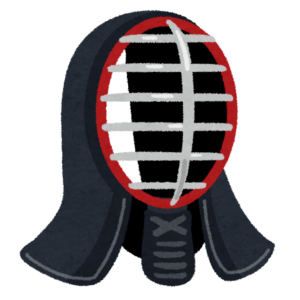 There are many different styles of Iaido; some are old and some more modern. Iai training compared to Kendo is much less demanding physically, but more mentally. A typical Iaido lesson consists of learning and practicing kata, both by yourself and in pairs as you get more advanced. Great emphasis is placed in paying attention to each movement within the kata and self analyzing to see what you did wrong.
There are many different styles of Iaido; some are old and some more modern. Iai training compared to Kendo is much less demanding physically, but more mentally. A typical Iaido lesson consists of learning and practicing kata, both by yourself and in pairs as you get more advanced. Great emphasis is placed in paying attention to each movement within the kata and self analyzing to see what you did wrong.
A few schools study tameshigiri (test cutting) of tatami (reed mats rolled up) or bamboo targets, although the majority don’t.
What do you need to study Iaido?
Like Kendo, hakama (trousers) and gi (top) is worn, although the Iai version is usually thinner than the kendo ones. At first training is done mostly with bokken (wooden sword) and these can be obtain relatively cheaply in Japan.
As you advance in skill you start to use a Iaito (blunt metal training sword). These start from around ¥30,000. They can go up in price considerably depending on the maker and fittings used on the sword. And then on to Nihonto: the majority of Iaidoka don’t own one, but if you want to buy one they are extremely expensive and you have to register it with the police.
In Conclusion
I highly recommend studying either Kendo or Iaido. You will learn not only a martial art, but also gain a greater understanding of Japanese culture. In particular, great emphasis is placed on etiquette and politeness in the training. These really are useful for getting a better understanding of the Japanese mindset. Awaken your own warrior’s heart, and learn a little more about Japan in the process!
Further Information
For further info check out https://www.kendo.or.jp/en/knowledge/ If you want to find out more about kendo near you, then check out the All Japan Kendo Federation to find a dojo https://www.kendo.or.jp/en/knowledge/kendo-origin/
For those in Tokyo, I recommend Tokyo Kyumeikan Dojo in Akatsuka. They are very friendly and several of the instructors speak English. http://www.bekkoame.ne.jp/~kyumeikan/homenglish.htm
If you live near Yokohama I thoroughly recommend that you check out https://www.ibf-battodo.org/ This is the main dojo for the International Battodo Federation and they are very friendly and welcoming to foreigners.
Photo Credits:
Other images courtesy of Irasutoya
All other content (text) created by the original author and © 2022 MUSUBI by Borderlink
RELATED
-
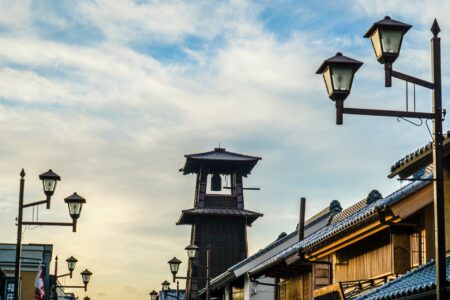
A Daytrip Back in Time to Kawagoe
Top photo: makoto.hさん on PhotoAC Just about 40 minutes from Tokyo, Kawagoe City in Saitama Prefecture makes fo… -
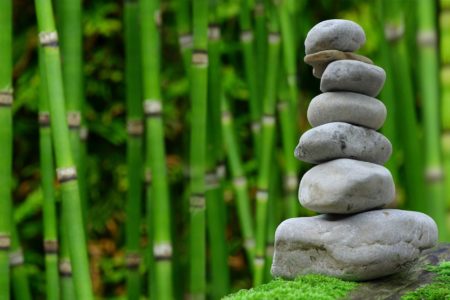
Come for the Shinto, Stay for the Zen
Top Image: Schäferle via Pixabay Buddhist temple in Yamaguchi prefecture.What’s the difference between a shrin… -
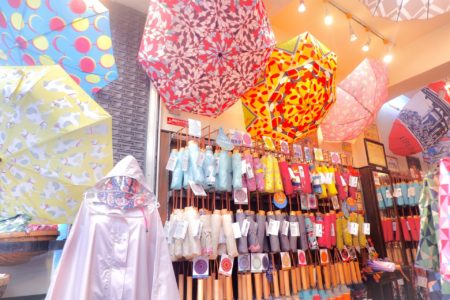
Hokusai Graphic: The Art You Can Wear
“Our visit taught me that it pays to understand the cultural impact and the influence of tradition to the thin…
PEOPLE

Paul from the UK
I’ve lived in Japan for 7 years and studied both Kendo and Iaido in the UK and in Japan. My wife’s parents were really impressed that I studied both when I first met them!


